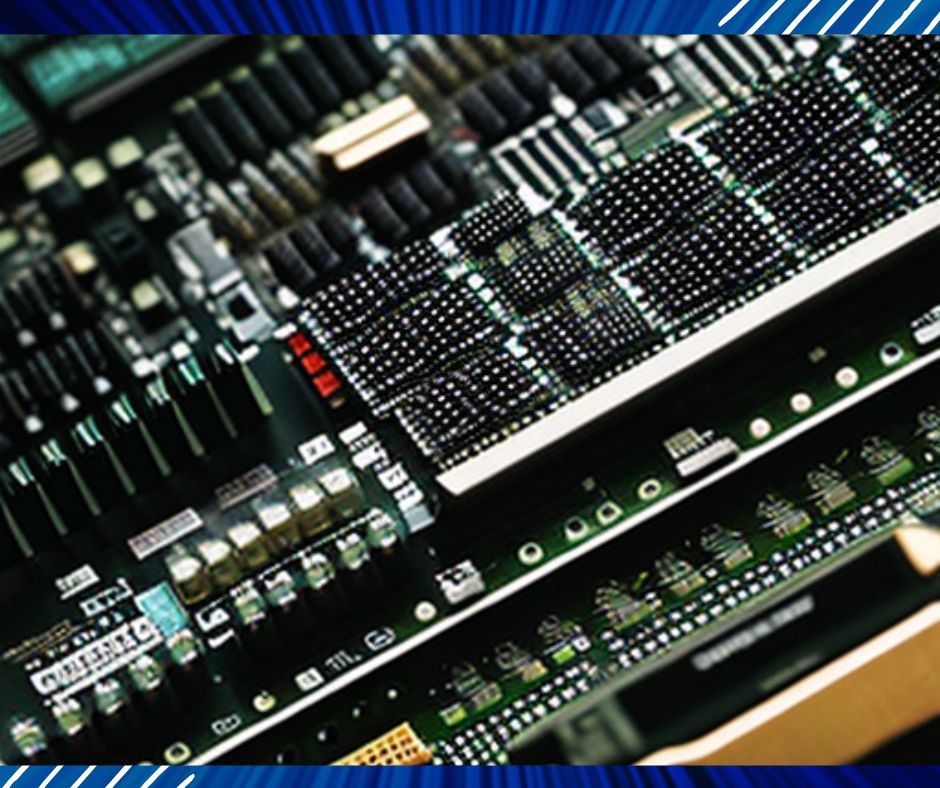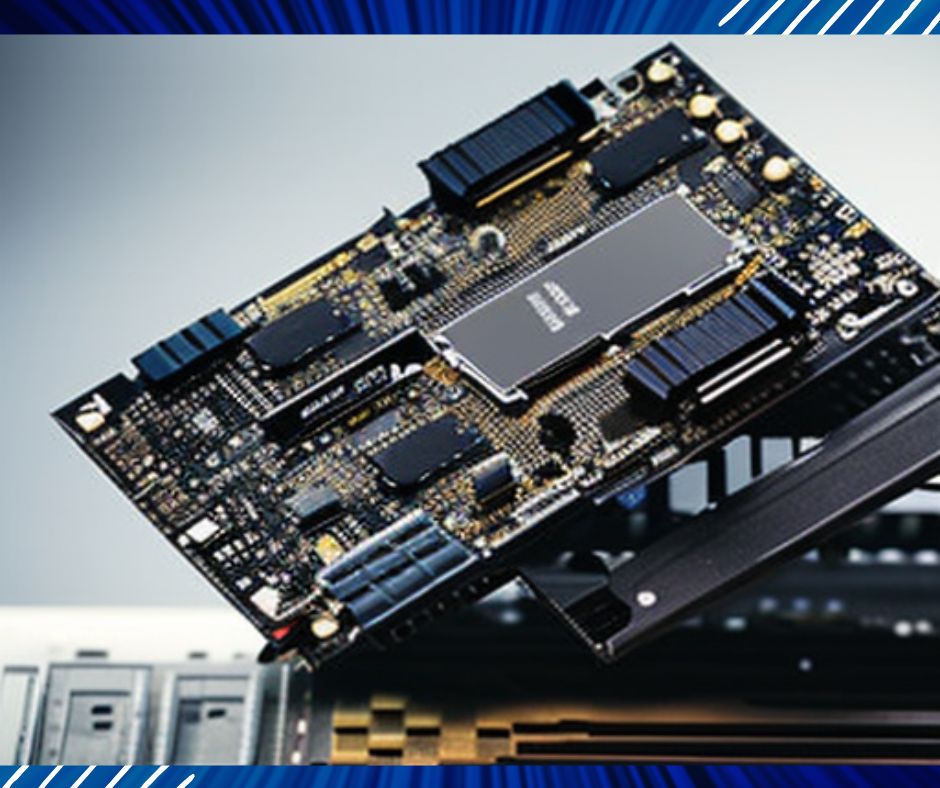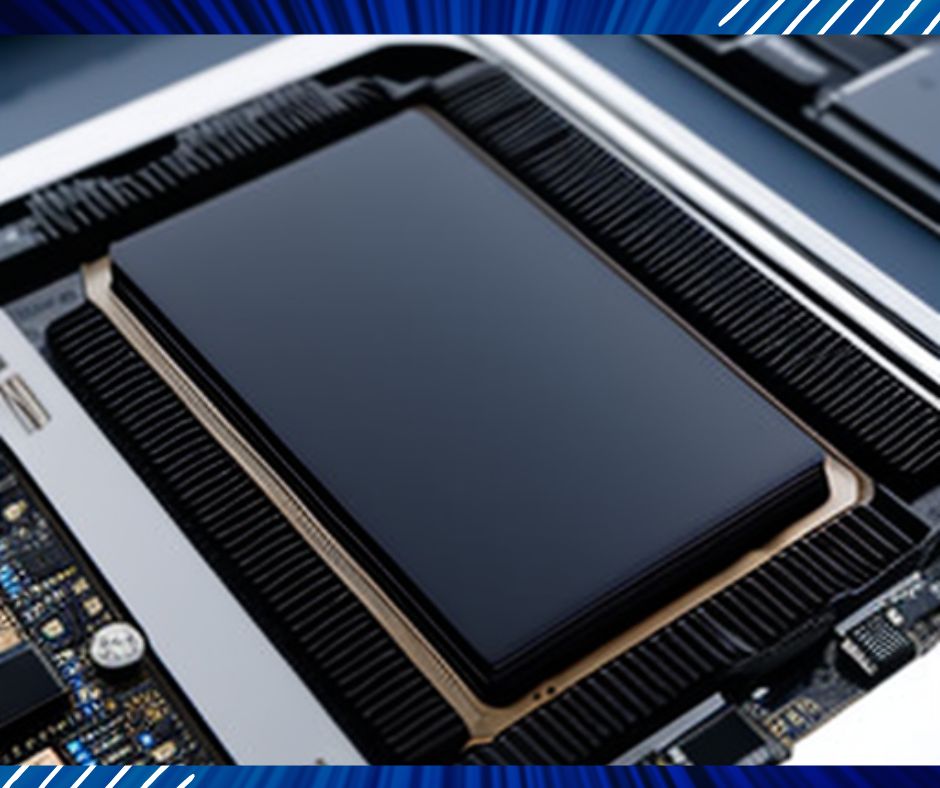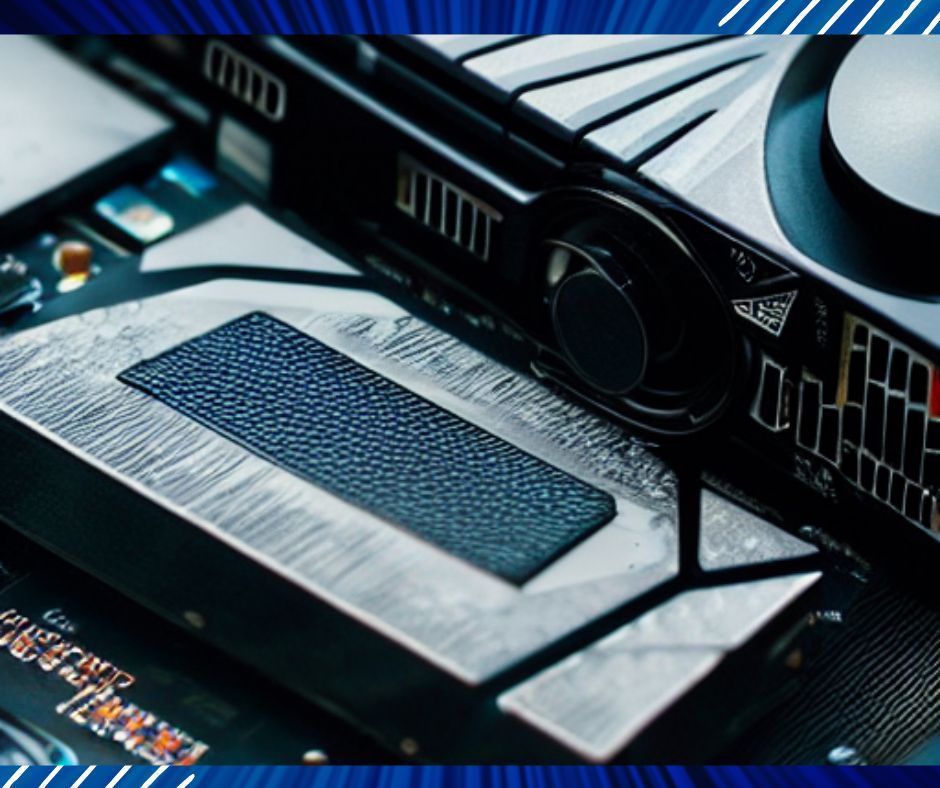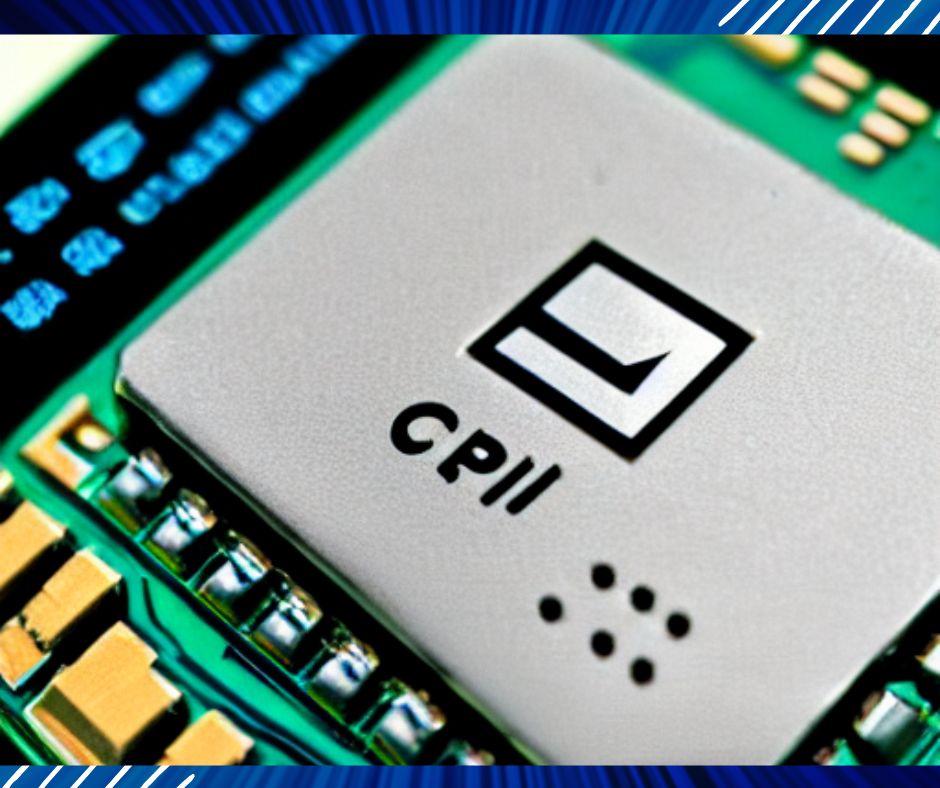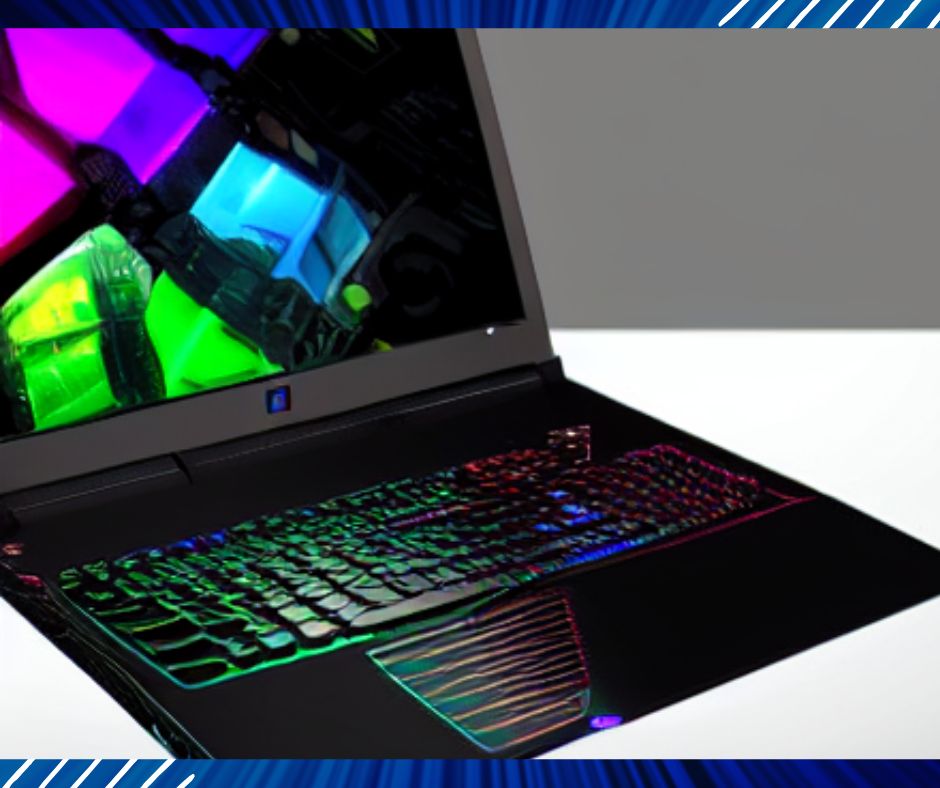
Have you ever thought about how much electricity your computer is using? If you have, then there’s no doubt that one of the first things that came to mind was your CPU and GPU. These two components are vital for the running of a PC, but they also consume a lot of energy. Fortunately, there are ways to reduce this power usage! This blog post will be discussing undervolting CPU and GPU in particular. You’ll learn what it is, why it’s important to do so, and how anyone can undervolt their own CPU or GPU at home!
In a nutshell, undervolting is the act of reducing your CPU and GPU’s voltage to decrease their power usage. This comes in handy when you want to save some money on electricity bills or prolong the life of these two components! Undervolting will reduce your computer’s overall heat output too: many people report that simply by lowering voltages by a tiny amount, their CPU and GPU will run cooler.
It’s important to have some basic understanding of how computers function before attempting any kind of undervolting: for example, if you don’t know what voltage is or why it matters in the first place, then this tutorial might not be good for you. If you are willing to learn and follow the steps, then you might be able to undervolt your CPU or GPU at home!
Is it safe to undervolt CPU and GPU?
The answer to the question really depends on what you mean by safe. If your system crashes or becomes unstable, that’s not very safe! However, if we’re talking about something like getting into a car accident due to low voltage levels in your CPU and GPU then users should be aware of these risks. It is possible for CPU and GPU to be undervolted too much and cause the system to crash.
You can monitor CPU temps or GPU temperatures using software like Core Temp, SpeedFan, HWMonitor in order to ensure that your processor is not overheating due to low voltage levels. You should also periodically check voltages with a program such as hwinfo or HWMonitor.
If you are experiencing an overheat condition, it is recommended that users increase voltages to levels of their choosing in order for system stability.
Undervolting CPU and GPU is a process of reducing voltage to the processor or graphics card. It’s possible to undervolt too much which would cause your system to crash.
Some people may be aware of the process of overclocking, which is to increase a computer’s clock speed. Undervolting can work in a similar way, by decreasing voltages supplied to CPU and GPU memory (or integrated graphics). By doing this, it will consume less power than if the voltage was at its stock level or even slightly increased.
Benefits of undervolting your CPU:
Undervolting will decrease the temperature of your CPU and GPU. This is important because overheating can cause damage to both devices, as well as reduce their lifespan.
Decreased Temperature (CPU/GPU): Undervoltage decreases temperatures which reduces potential harm to the processor.
Undervoltage can increase battery life by up to 20% and reduce the amount of time it takes for your device to charge from 0-100%. This will allow you more freedom when using your laptops.
Undervoltage can increase productivity by reducing CPU/ GPU waste that leads to slower processing and more battery drain.
Latency is decreased due to less heat, making the computer run more efficiently. This will allow for a much smoother computing experience that will not be interrupted by sudden difficulties in performance. This can also help users avoid sudden lagging which can be quite frustrating.
Related Article: How to Fix PS4 That Keeps Disconnecting From Wi-Fi
Should you undervolt your CPU and GPU?
-Yes, undervolting both CPU and GPU can provide benefits. Undervolting the CPU will improve performance across all applications which are not sensitive to exact frequencies; this is especially true for single-threaded workloads such as video encoding or rendering when there is no benefit of overclocking a higher frequency.
-Theoretically, an overclock should be more efficient than an undervolt, but in practice, this is not always the case.
-GPUs are traditionally sensitive to overclocking and need good cooling for stability while they may benefit from a CPU overclock; usually, there’s no need to worry about GPU volts when it comes to overclocking because it will happen automatically as one of many adjustments.
Difference between undervolting and underclocking
Undervolting and underclocking are two processes of reducing the power utilized by the device. Undervolting is a ‘subset’ of underclocking in that it primarily reduces voltage whereas underclocking does not usually change voltages but rather a clock rates, which controls how fast your processor can operate.
To run at 100% underclocked, one would have to set the clock rate as well.
Undervolting is done primarily in laptops and desktops because it can provide significant power savings without compromising performance or stability. Undervolting has proven more stable than underclocking so far but we are still monitoring its efficacy over time.
To reduce heat and power consumption in laptops, undervolting is the best option. Underclocking never drops voltage levels so it might be a better choice for desktops that do not have to deal with as much heat production or those where the risk of instability and crashing is higher because they operate at peak performance all the time.
Undervolting allows people to save money on their electric bills and use less power. Undervolting is also safer for the hardware because it only changes voltage levels, not clock rates which could lead to damage or instability of your devices if they are operating at peak performance all the time.
Underclocking allows people to save energy but undervolt creates a better experience with longer battery life.
Underclocking is not recommended for laptops because the risk of instability and crashing is higher, undervolt allows people to save money on their electric bill and use less power while maintaining a stable system with no overheating problems or damage done to hardware components because it only changes voltage levels and does not change clock rates which can lead to damage if they are operating at peak performance all the time.
Undervolting is also safer for the hardware because it only changes voltage levels, not clock rates which could lead to damage or instability of your devices if they are operating at peak performance all the time.
Softwares required for underclocking CPU
-CPU Undervolter: A software that is used to reduce the voltage of a processor. This can be done by using an offset or reduction in power draw and provides for greater stability under overclocking settings.
– MSI Afterburner: An open-source graphics card utility that gives you access to monitoring, video recording, screen capturing, overclocking, and more.
– CPUID Hardware Monitor: A small utility that monitors information from your computer’s hardware sensors. This includes temps, voltages, clock speeds, and a few other metrics of all the parts in your system that have the capability to report their info back to it.
– HWiNFO (Hardware Information ): This is very popular system information and diagnostic tool for CPU, motherboard hardware, devices connected to it.
– EZ Tuning Wizard: A Windows-based application that helps you create custom power plans as well as monitor overclocking performance.
– Intel Extreme Tuning Utility (XTU): Provides the same features of EZ Tuning Wizard and more.
– Voltage Tuner: An application that provides a GUI for Intel’s Extreme Tuning Utility (XTU). This is an open-source alternative to XTU since it does not require purchasing a license.
– AMD OverDrive: This allows you to adjust the processor voltage and clock settings in Windows XP, Vista, or Windows Seven operating systems.
– CPUID HWMonitor: This software offers real-time monitoring of voltages, temperatures, and fan speeds for all major components on your motherboard without any installation needed (a reboot is required).
– HWInfo: Shows the voltage and clock speed of your CPU.
– CPUz: This application provides information about all major hardware components on your system, such as processor, memory, drives, and other devices.
Undervolting CPU with ThrottleStop?
– undervolting is a way to make the computer run slower and save power.
– undervolting can be done by using software programs like Throttle Stop, which changes your processor’s clock speed when needed in order to reduce heat production and power consumption.
– this helps keep the CPU under the maximum power consumption and temperature thresholds, which should prolong its lifespan.
– ThrottleStop is an open-source program that lets you undervolt your CPU for free.
– it’s designed to make undervolting a quick process, while also making sure there are no stability issues in the system after doing so.
– undervolting can be done through the options under “CPU Configuration” in ThrottleStop.
– CPU undervolt configuration allows you to change voltage and adjust clock speed automatically on demand.
– undervolted CPU will use less power, which is one of the most effective ways to save electricity and money over time.
– undervolting CPU is under-clocking the system to operate at a lower frequency, but this does not mean that undervolted CPU will be slower than stock.
The first step in undervolting your CPU is selecting ThrottleStop from the list of available programs on your computer and clicking “Run as Administrator.”
This program needs to be started with administrative privileges so that it can undervolt your CPU.
The first thing you will see is the ThrottleStop interface, which has a lot of options under “CPU Configuration.” The most important one to start with is undervolting. To undervolt CPU, go to “Settings” and select the option for voltage or undervolt under the “CPU Configuration” tab.
Once you have undervolted your CPU, there are a couple of additional steps to take before shutting down or restarting your computer for it to change. First is saving and then exiting ThrottleStop. To save any changes made using ThrottleStop, go to File > Save Settings as Default. Choose a name for the file and under “File Type,” select ThrottleStop Configuration File (*.tsc). You will then be prompted to enter a password in order to encrypt your settings so that you can load them later without having to go through this process again.
The next step is restarting your computer or shutting it down. If you are undervolting your CPU for an extended period of time, it is recommended that you restart the computer before shutting down in order to ensure that ThrottleStop has been updated and saved properly.
A few pointers:
– The undervolt range is 20%-60% less than stock voltage levels. For example, undervolting from the stock voltage of say, undervolt range is 20%-60% less than stock voltage levels. For example, undervolting from a CPU with an input Voltage (V IN ) of 0.80 V to the undervolt range would be 0.64-0.48 volts
– It’s worth noting that ThrottleStop Undervoltage is not permanent. You can load them later without having to go through this process again
– The undervolt range for the CPU in ThrottleStop will depend on your motherboard’s voltage regulator (VRM) capabilities, but a typical range would be undervolting from the stock voltage of say, undervolt range is 20%-60% less than stock voltage levels. For example, undervolting from 0.80 V to the undervolt range would be 0.64-0.48 volts
– ThrottleStop will under volt your CPU and saved properly so make sure that you back up (or save) any files before continuing with this process if you want them later
– ThrottleStop undervolts CPU by underclocking it, so the performance is still there. Voltage adjustment will be more than enough to make up for any loss in clock speed
Softwares required for undervolting GPU
– GPU Tweak II or MSI Afterburner for Nvidia GPUs.
– OverdriveNTool for AMD cards with a reference design card, and Radeon Settings for names models of AMD graphics cards (such as the Vega family).
Steps for Undervolting GPU:
A) Open up your overclocking application. Turn down the voltage to the GPU and Memory.
– For Nvidia GPUs, open up “MSI Afterburner” or “GPU Tweak II”. Undervolt by using a slider on the left-hand panel that says ‘nvclocks’.
– For AMD cards with reference design card, open OverdriveNTool and undervolt from the ‘GPU Voltage’ section.
– For AMD cards with names models, open Radeon Settings and undervolt from the “AMD Overdrive” menu in the settings tab. Undervolt by using a slider on the left hand panel that says ‘global’.
B) Turn off GPU overclocking features to limit power consumption:
– For Nvidia GPUs, open up “MSI Afterburner” or “GPU Tweak II”. Undervolt by using a slider on the left hand panel that says ‘nvclocks’.
– For AMD cards with reference design card, open OverdriveNTool and undervolt from the ‘GPU Voltage’ section.
– For AMD cards with names models, open Radeon Settings and undervolt from the “AMD Overdrive” menu in the settings tab. Undervolt by using a slider on the left hand panel that says ‘global’.
C) Disabling power saving features:
– Open up “NVIDIA Control Panel” or “Radeon Settings”. Undervolt by using a slider on the left hand panel that says ‘Global’.
– Turn off all power saving options in “NVIDIA Control Panel” or “Radeon Settings”. D) Setting higher clocks to reduce voltages:
– For Nvidia GPUs, open up “MSI Afterburner” and undervolt from the ‘GPU Voltage’ section.
– For AMD cards with reference design card, open OverdriveNTool and undervolt from the “GPU Max Clock” menu in the settings tab. Undervolt by using a slider on the left hand panel that says “global”.
E) Setting higher clocks to reduce voltages (AMD Cards with reference design card)
– Undervolt by using a slider on the left hand panel that says ‘global’.
– For Nvidia GPUs, open up “MSI Afterburner” and undervolt from the ‘GPU Voltage’ section.
F) Setting higher voltage:
Sick all power saving options in “NVIDIA Control Panel” or “Radeon Settings”.
G) Setting higher clocks to reduce voltage:
– For Nvidia GPUs, open up “MSI Afterburner” and undervolt from the ‘GPU Voltage’ section.
– For AMD cards with reference design card, open OverdriveNTool and undervolt from the ‘GPU Max Clock’ menu in the settings tab.
– Undervolting will usually result in a higher clock which can reduce the voltage required for stable operation, but it is not always guaranteed to be successful or safe. If you are experiencing poor performance on your card after applying these changes, try reducing GPU max clock instead of undervolting.
– For AMD cards with overclocked GPU, set the max clock to a lower level and then slowly increase it until you find an optimal clock for your card’s voltage profile.
H) Underclocking:
If you don’t want to overclock but still need more performance from the chip or if you’re overclocking and want to reduce temperatures, you can also underclock the GPU.
Underclocking simply means reducing how fast it is running so that your chip doesn’t need as much voltage or cooling power.
When you overclock a video card by increasing its clock rate, this will increase the heat output per second (watts), and the more you overclock, the hotter your GPU will get. The only way to combat this is by reducing the power consumption and heat output per second (watts) so that it doesn’t need as much cooling or voltage
– Undervolt by using EVGA Precision X’s “Manual Voltage” feature instead of MSI Afterburner, which is more difficult to use.
– Undervolt the GPU core clock speed by -100mV and lower voltage to 0% or Unstable.
– Run Furmark for up to 30 minutes until an average temperature of 90°C is reached, then repeat steps in reverse order.
Tips: DIY computer enthusiasts who want to learn how to undervolt their GPU should first seek advice from a professional before attempting this process.
Related Article: How to Connect Power Supply Cables: Guide To Wiring A PSU To The Motherboard
Another Step-by-step Guide for undervolting GPU:
– Undervolt the GPU core clock speed by -100mV and lower voltage to 0% or Unstable.
– Run Furmark for up to 30 minutes until an average temperature of 90°C is reached, then repeat steps in reverse order.
– Undervolt by using EVGA Precision X’s “Manual Voltage” feature instead of MSI Afterburner, which is more difficult to use.
– If the GPU core clock speed cannot be reduced below -100mV with 0% voltage or Unstable settings are specified, use EVGA Precision X’s “P0” option to undervolt the GPU core clock speed.
– Set a custom fan curve in MSI Afterburner that will keep temperatures as low as possible while remaining stable and within safe operating temps for your GPU.
– Use an overclocking utility such as MSI Kombustor to help manage GPU temperatures.
– Undervolt all the other components in your PC that you aren’t overclocking, such as CPU and RAM.
– If using MSI Afterburner’s “P0” option does not lower core clock speed to -100mV or lower voltage settings are specified then use EVGA Precision X’s “P0” option to undervolt the GPU core clock speed.
– Set a custom fan curve in MSI Afterburner that will keep temperatures as low as possible while remaining stable and within safe operating temps for your GPU.
– Use an overclocking utility such as MSI Kombustor to help manage GPU temperatures.
– Undervolting the GPU will reduce noise and extend its lifespan.
– If using MSI Afterburner’s “P0” option does not lower core clock speed to -100mV or lower voltage settings are specified then use EVGA Precision X’s “P0” option to undervolt the GPU core clock speed.
Softwares and Steps for undervolting CPU in windows 64bit
– CPUz: This software is used to identify the voltage and multiplier of a processor.
– HWiNFO: It comes with an undervoltage tool which can help in identifying low voltage for each core, cache or shared memory. For this example we will use “HWiNFO64” that’s compatible with 64 bit CPUs.
– CPUx: Along with the voltage information, this tool also displays current clock speed and multiplier to work accordingly.
Windows 64Bit has some limitations which can be bypassed by using UEFI BIOS or changing the compatibility mode of HWiNFO64 as mentioned in “HWiNFO FAQ”. Undervolting CPU means changing the voltage and multiplier to lower values so, after using “CPUx” tool it would be easy to adjust voltages by scrolling with mouse wheel.
– The first step is identifying the voltage of a processor which can be done by running “CPUz” software.
– Secondly, identify current clock speed and multiplier.
– Thirdly, use “CPUx” software to identify the voltage of a processor by scrolling with mouse wheel and adjusting it accordingly.
– Fourthly, find out current clock speed and multiplier after undervolting CPU which can be done using HWiNFO64 as mentioned in step one or running CPUz.
– Fifthly, use CPUx to set the voltage and multiplier.
– Sixthly, find out current clock speed and multiplier after undervolting CPU.
– Seventhly, use HWiNFO64 to set the voltage and multiplier with increased frequency so that system can be stable as mentioned in step one which is done by scrolling with mouse wheel until desired results are achieved.
The process of undervolting CPU can be done on many computers which are compatible with this procedure but it is not recommended for laptops or any computer that does not allow overclocking.


